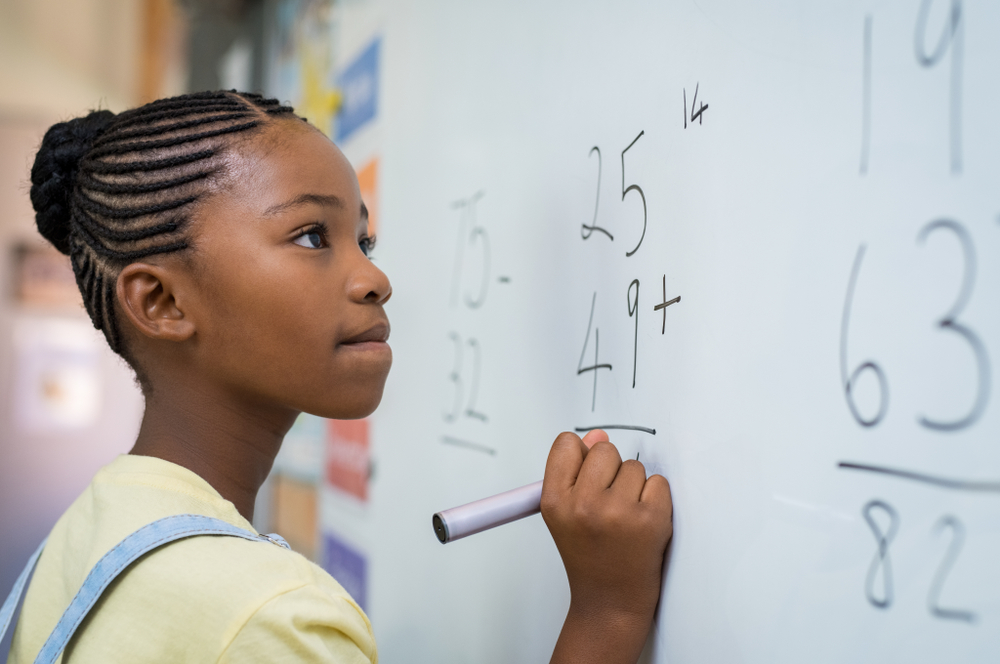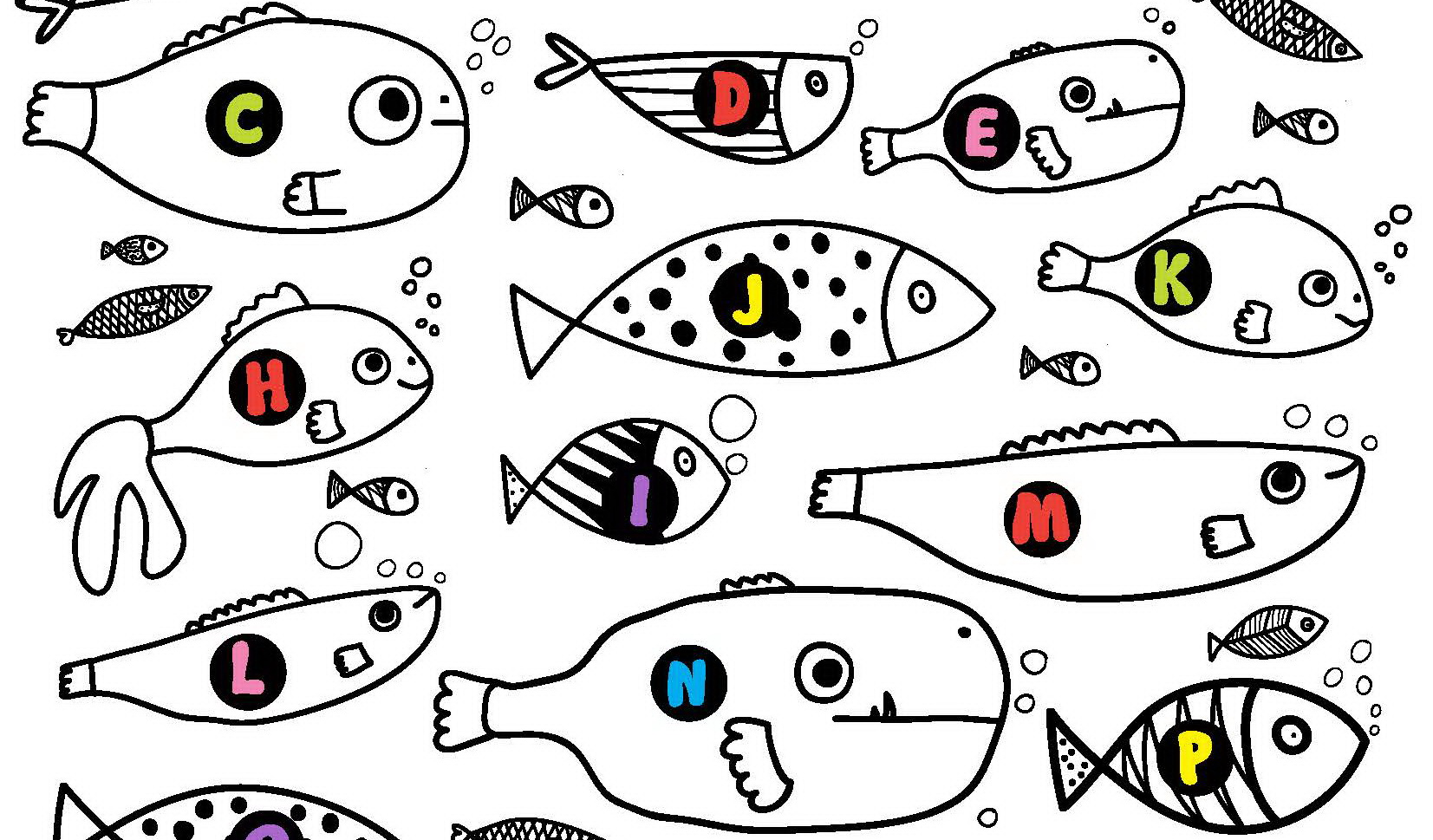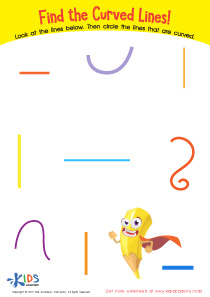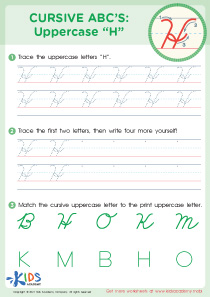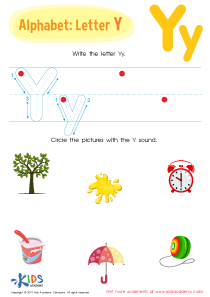Hand-eye Coordination Alphabet Worksheets for Ages 3-9 - Page 2
28 filtered results
-
From - To
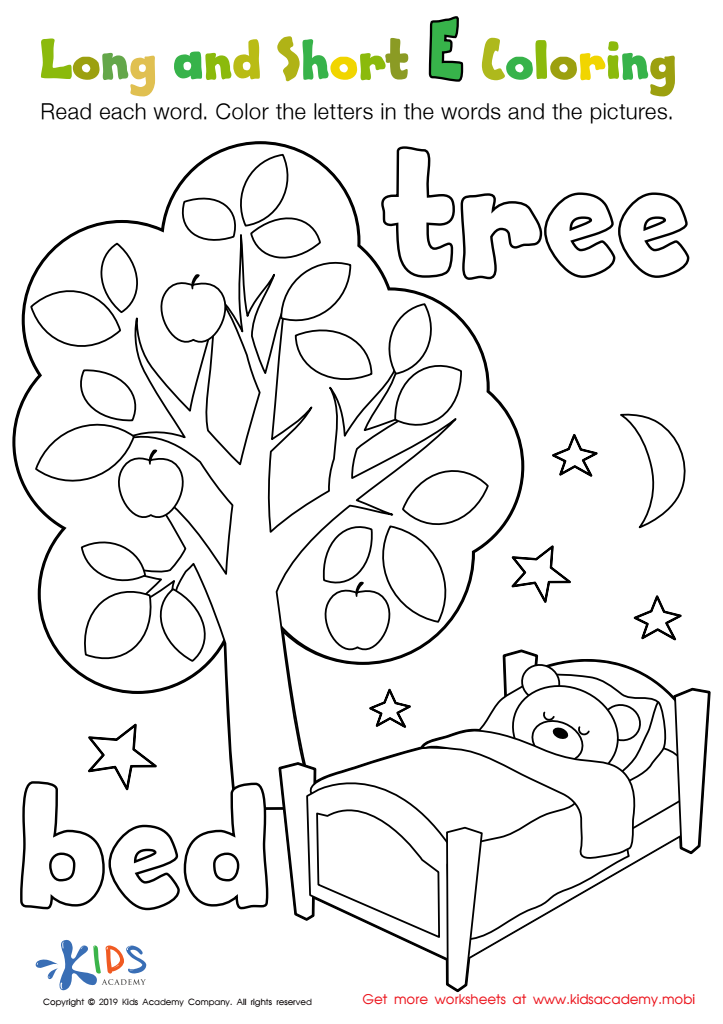

Long and Short E Worksheet
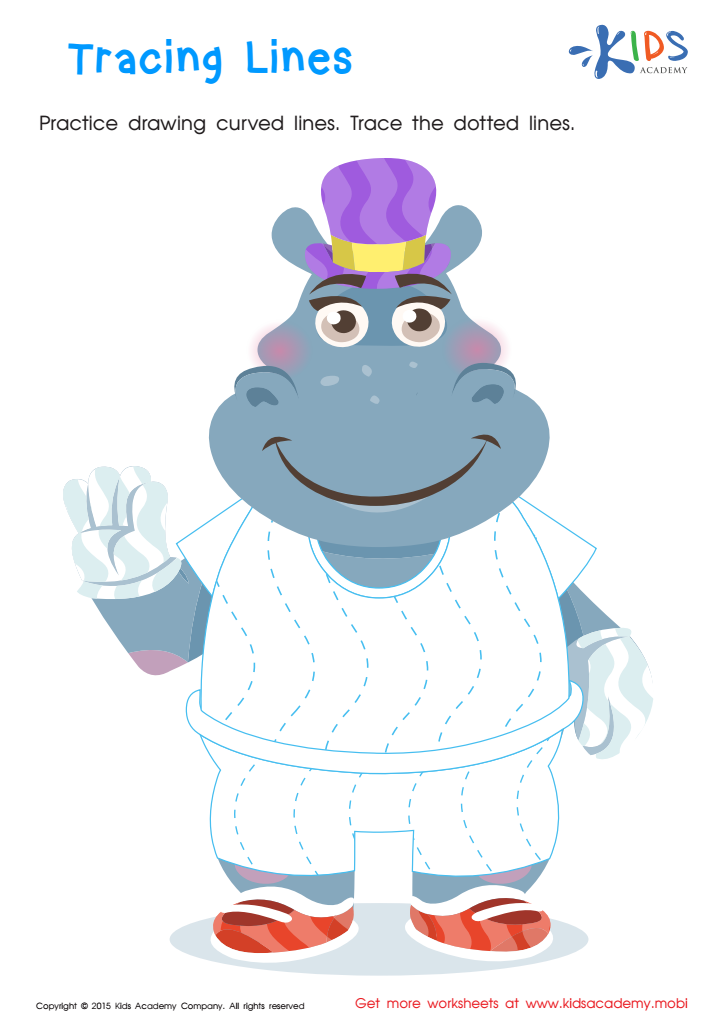

Tracing Lines Worksheet
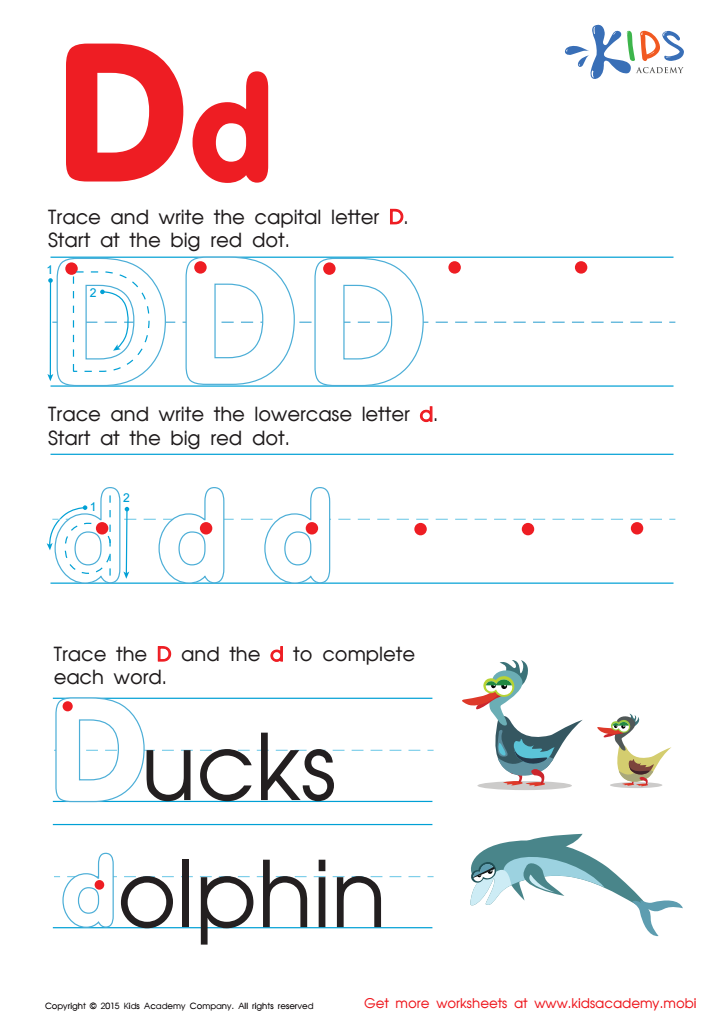

Letter D Tracing Page
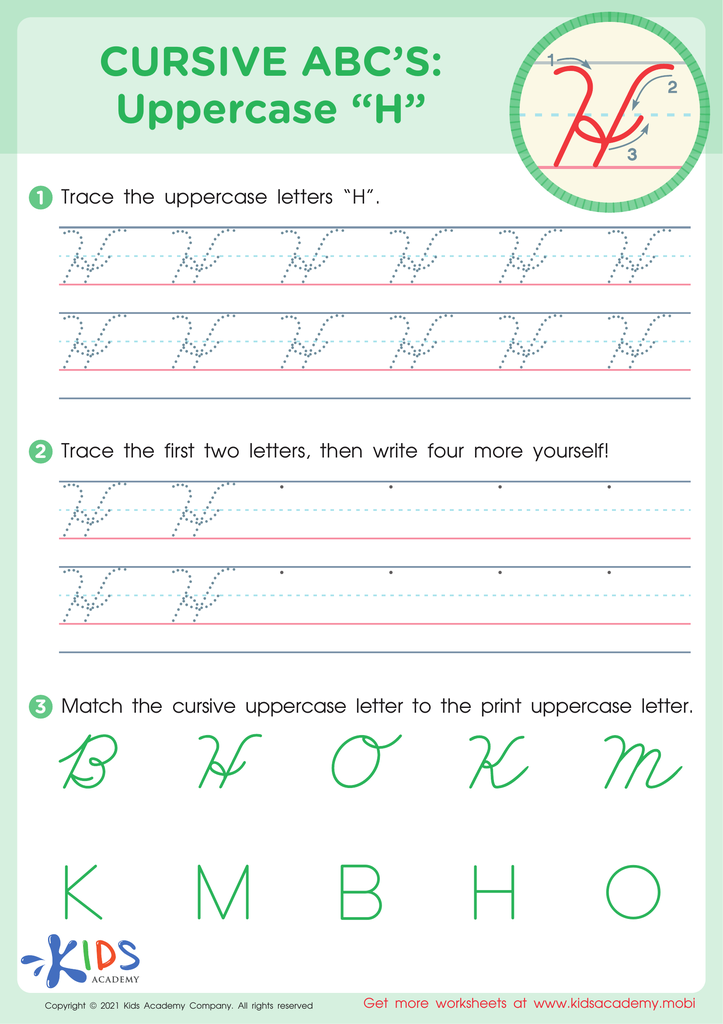

Cursive ABCs: Uppercase H
Hand-eye coordination is a crucial developmental skill for young children, particularly for ages 3-9, as it lays the foundation for a wide array of activities and learning processes. Teachers and parents should care about developing this skill through exercises like the Hand-eye Coordination Alphabet because it directly impacts a child's ability to engage in classroom activities, such as writing, drawing, and using tools. Improved hand-eye coordination allows children to accurately track moving objects and respond, enhancing their physical abilities and overall confidence.
Additionally, mastering hand-eye coordination can enhance a child's ability to participate in sports and physical play, promoting an active lifestyle that supports health. It also intertwines with cognitive development; as children become more adept in coordinating their movements, they are more capable of exploring and manipulating their environments, which fosters critical thinking and problem-solving skills.
Moreover, engaging children in activities focused on hand-eye coordination can be both fun and educational, making learning engaging and interactive. By investing time in fun practices that promote coordination, parents and teachers can help children not only enjoy their childhood but also build skills that will benefit their entire education journey. Thus, fostering these skills sets the stage for future academic and social success.

 Assign to My Students
Assign to My Students




